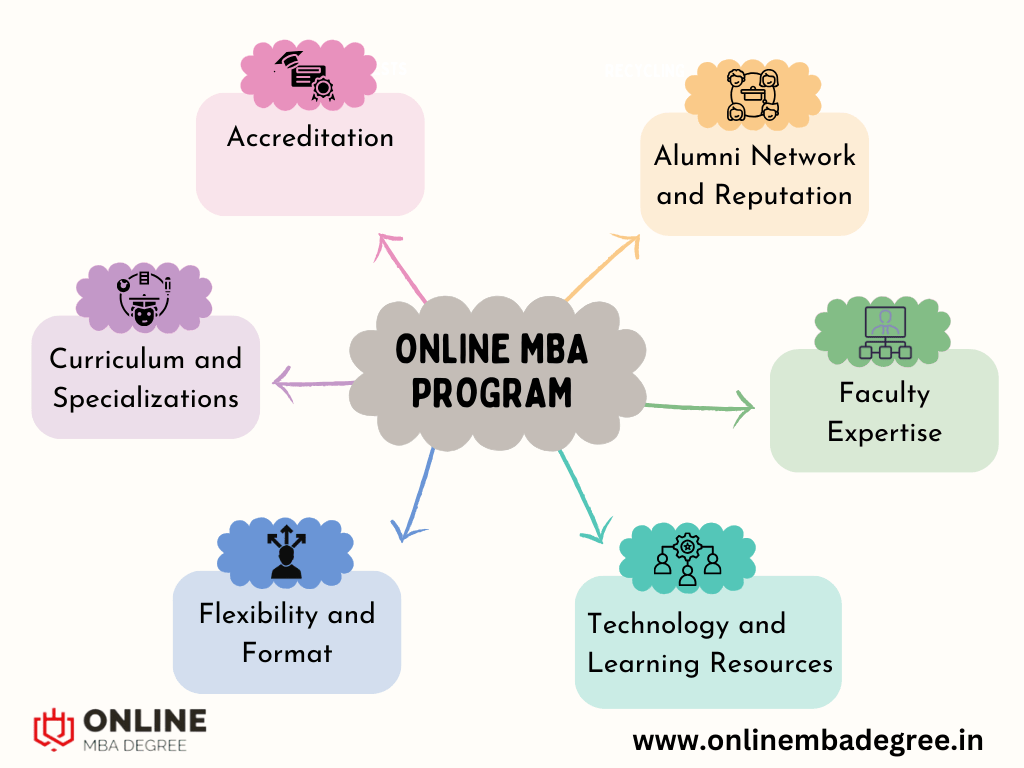UGC Announces Admissions in Two Academic Session 1st Batch(July/August) . 2nd Batch (January/February)
Get an Online MBA Degree by NAAC A++ Accredited Universities
Globally Recognised Universities
As per Govt. Online MBA Degree are Now Equivalent to Regular Degrees
Hurry Up! Admission Closing Soon. Only Few Seats Left. Enroll Now!
ODL & Online MBA Programs are Equivalent to Regular (Campus) Programs - To know more
UGC Announces Admissions in Two Academic Session 1st Batch(July/August) . 2nd Batch (January/February)
Get an Online MBA Degree by NAAC A++ Accredited Universities
Globally Recognised Universities
As per Govt. Online MBA Degree are Now Equivalent to Regular Degrees
Hurry Up! Admission Closing Soon. Only Few Seats Left. Enroll Now!
ODL & Online MBA Programs are Equivalent to Regular (Campus) Programs - To know more

Mastering The Art of Remote Team Management
Welcome aboard, fellow managers and aspiring team leaders! In today’s fast-paced digital world, managing remote teams has become an essential skill. Gone are the days of traditional office setups; instead, the future belongs to dynamic and flexible remote teams.
But, don’t fret! Managing a remote team can be both exciting and rewarding, and in this blog, we’ll embark on a journey to uncover the secrets of successful remote team management. So, fasten your seat-belts, and let’s dive right in!
Embrace the Digital Playground:

Picture this: Your team is scattered across the globe, but the internet unites you all in a digital playground. Embrace the wonders of technology to create seamless communication channels. Utilize video conferencing, messaging apps, and collaboration tools to keep the lines of communication open.
Remember, virtual interactions need to be frequent but concise. Long-winded emails are best avoided; opt for quick video check-ins or concise messages to keep everyone in the loop without drowning them in information.
Set Clear Expectations: Remote Team Management

In the virtual realm, clarity is key. Clearly define roles, responsibilities, and performance expectations for each team member. A well-structured onboarding process is vital to ensure that everyone is on the same page from day one. Use simple and straightforward language to avoid any misinterpretations.
Encourage open discussions and provide opportunities for team members to ask questions and seek clarifications. This fosters a culture of transparency and helps build trust, even from a distance.
Flexibility, the New Norm:
Traditional 9-to-5 schedules might not be the best fit for remote teams. Embrace flexibility! Acknowledge that different team members may have diverse commitments and time zones. Instead of focusing on the number of hours worked, prioritize results and outcomes.
Allowing flexible work hours empowers team members to maintain a work-life balance, leading to increased motivation and productivity. Remember, it’s about getting the job done, not the time spent doing it
Celebrate Milestones, Near and Far:
In a remote setting, celebrating achievements takes on a new dimension. Use creativity to acknowledge and reward your team’s hard work. Organize virtual celebrations, acknowledge team members publicly, or even send personalized gifts as tokens of appreciation.
Small gestures go a long way in making team members feel valued and connected. Celebrating milestones together fosters a sense of camaraderie despite the physical distance.
Nurture Team Spirit:
Team building doesn’t have to be restricted to physical gatherings. Engage in virtual team-building activities that are fun, interactive, and collaborative. Host online games, trivia sessions, or virtual coffee breaks to strengthen team bonds.
Encourage open discussions on non-work-related topics during team meetings to create a friendly and supportive atmosphere. Remember, a strong team spirit leads to better collaboration and problem-solving.
Encourage Continuous Learning:

Invest in your team’s growth and development. Remote team members must adapt to evolving technologies and trends. Provide access to online learning platforms, webinars, and workshops.
Encourage skill-sharing among team members, where they can teach each other something new. This not only boosts team morale but also enhances the team’s collective skill set.
Overcoming Challenges and Building Resilience:

Managing a remote team isn’t without its fair share of challenges. As a leader, it’s essential to be prepared for obstacles that may arise and to build resilience within your team. Let’s explore some common hurdles and effective strategies to overcome them:
a. Communication Barriers: One of the most significant challenges in remote team management is navigating communication barriers. Misinterpretations and misunderstandings can occur when relying solely on written communication. To combat this, encourage regular video calls where facial expressions and tone of voice can be better understood. Foster a culture where team members feel comfortable expressing concerns and asking for clarification.
b. Time Zone Differences: With team members spanning various time zones, scheduling meetings and collaboration can become a logistical puzzle. It’s crucial to find a balance that accommodates everyone’s working hours. Consider rotating meeting times to ensure equal participation and avoid burnout for team members in different regions.
c. Maintaining Team Cohesion: Without the physical proximity of an office, it’s essential to find alternative ways to maintain team cohesion. Regular virtual team-building activities, as mentioned earlier, can help create a sense of unity and trust among team members. Additionally, create dedicated communication channels for casual interactions, providing space for watercooler talk and bonding beyond work-related discussions.
d. Preventing Burnout: The flexible nature of remote work can lead to blurred boundaries between work and personal life. As a leader, keep an eye on team members’ workload and well-being. Encourage them to take breaks and set clear expectations regarding work hours. Promote self-care and mental health awareness, creating a supportive environment for team members to recharge and thrive.
e. Establishing Accountability: In a remote setting, it’s crucial to ensure that team members remain accountable for their tasks and deadlines. Implement project management tools that allow for transparency and tracking of progress. Regularly review goals and provide constructive feedback to keep everyone on track and motivated.
Conclusion:
Congratulations! By embracing the digital playground, setting clear expectations, fostering flexibility, celebrating milestones, nurturing team spirit, investing in continuous learning, and overcoming challenges, you’ve become a master in the art of remote team management.
Remember, building and leading a successful remote team is an ongoing journey. Be adaptable and open to evolving strategies as you encounter new challenges and opportunities. By creating a supportive and connected virtual workspace, you’ll not only unlock the full potential of your team but also pave the way for a thriving and resilient remote workforce. So, go forth with confidence, and may your remote team soar to new heights of success!









